The difference in the air pressure in your house and the outdoors can be negative or positive. Neither is particularly beneficial. Let’s discuss negative air pressure as it relates to your home and specifically to your fireplace. Keep reading to see why this subject is important.
WHAT IS IT AND HOW DOES IT OCCUR?
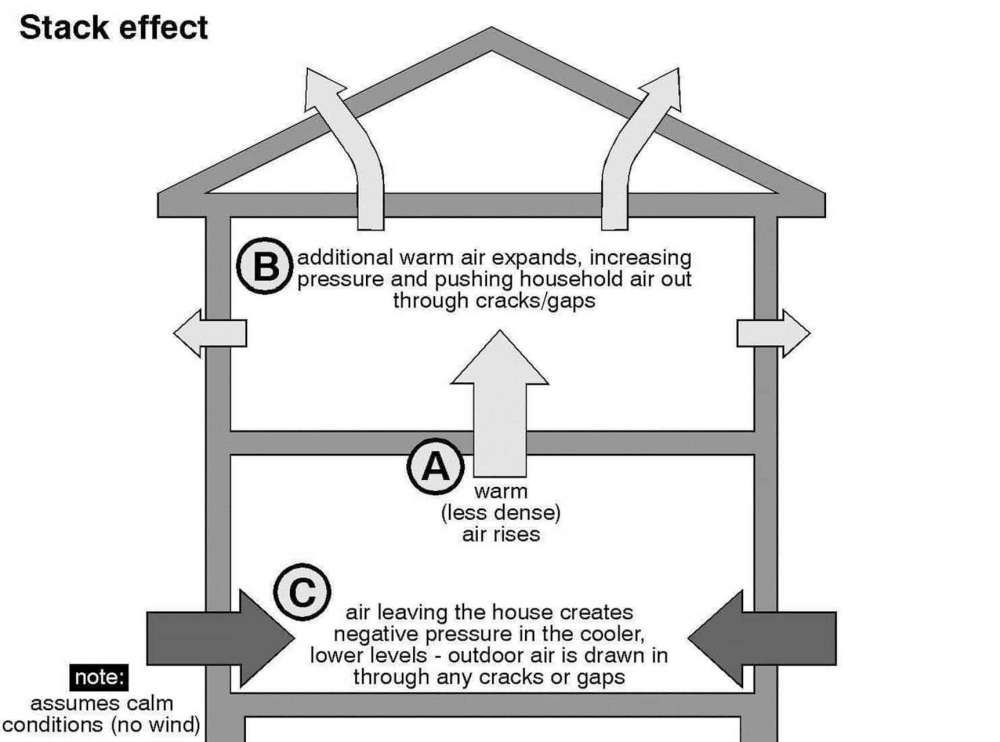
Stack effect diagram
Negative air pressure can occur when the pressure inside a house is less than the barometric pressure outside.
We know that warm air rises in a home. As this happens, a slight positive pressure is created in the upper levels of a house. This can lead to air being forced out of the house. Negative pressure can develop in lower levels. Often there is no easy way for replacement air to re-enter the home. When the home tries to pull air in, instead of pushing it out, the result is negative air pressure.
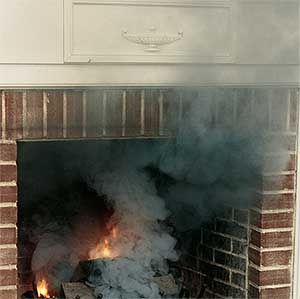 In serious situations, negative air pressure can actually out-muscle the draft in a chimney and sucks that “make-up” air down the chimney. Needless to say, the problem with this is the difficulty of getting a fire established in your fireplace, stove or insert and the smoke filling the house! With any volume of outside air being pulled down your chimney, it will be difficult to get any sort of draft established.
In serious situations, negative air pressure can actually out-muscle the draft in a chimney and sucks that “make-up” air down the chimney. Needless to say, the problem with this is the difficulty of getting a fire established in your fireplace, stove or insert and the smoke filling the house! With any volume of outside air being pulled down your chimney, it will be difficult to get any sort of draft established.
Negative air pressure will increase your energy and heating costs, too. It draws cold air in, through the paths of least resistance.
Bathroom exhaust fans, clothes dryers, kitchen exhaust hoods and central vacuum cleaners add to negative air pressure issues when they’re being used. They are removing air from inside the house while they operate.
WHAT CAN BE DONE?
As we mentioned, neither negative or positive air pressure is good for your house. The exterior walls, or the building envelope, allows air to leak to and from your home. Depending on the outdoor temperature and humidity levels, the air leakage will vary seasonally and will have different effects on the comfort inside the house. It’s worth noting that negative air pressure is much less common with older homes than it is in newer houses.
Most of us are very conscious about reducing air infiltrating our homes. We know the importance of sealing and weatherstripping doors and windows, insulating sidewalls and the ceiling, insulating basement walls and the sill box area. But, with today’s construction materials and building techniques, homes are now being built exceptionally tight. The goal, of course, is to keep interior and exterior environments as isolated as possible, regardless of the season. In other words, keep the outdoor temperatures and humidity out, while maintaining a comfortable, controlled, conditioned space, in. In newer homes, pressure concerns and outside air exchange can normally be addressed with an outside air make-up system installed by a knowledgeable HVAC contractor.
An outdoor air source, supplied directly to the inside of the fireplace, is standard equipment on many new models today. And if a unit doesn’t come standard with an outdoor air kit, spend the few extra dollars for it. One will be offered as an optional accessory to the fireplace. It’s required by code in most areas.
WIND GUSTS
Don’t get wind gusts confused with negative air pressure. A high gust of wind from a certain direction may cause a periodic downdraft. But a negative air pressure scenario will draw a constant stream of spillage into the room.
GAS FIREPLACES AND NEGATIVE AIR PRESSURE
Direct vented (DV) gas fireplaces, stoves and inserts do not have a problem with negative air pressure. DV equipment uses a sealed combustion system. Unlike a wood fire that often uses room air for combustion purposes, a direct vented gas unit, uses 100% outside air for combustion to occur. This is done through a co-axial vent pipe. That is, a pipe within another pipe. The larger outer pipe brings outside air into the firebox for combustion and the smaller inner pipe removes the by-products from combustion. The only room air that interacts with a DV gas model is the air that’s drawn into the convection air chamber. This room air is heated and returned back to the room via a blower fan.
AN EASY TEST
If you have noticed back-drafting of the chimney in your wood burning fireplace, here’s a quick and simple way to test the pressure. While the chimney and fireplace are cold, attempt to get a fire burning with a little kindling and a few wads of newspaper. If you notice the smoke is backing up into the room, simply open a window or door several inches and see what effect it has on the fire and draft. By opening a window or door, you are simply supplying plenty of “make-up” air to the house and the smoke should be easily pulled up the chimney.
Obviously, you cannot leave the windows open during the heating season, but it’s a good first-step to determine precisely what the problem is. There are other tests that can be used to determine how to effectively correct and balance the air supply through proper ventilation. Equipment that measures the difference in air pressure is called a differential pressure sensor or a manometer. Remember that good diagnostic testing will consider exhaust fans, clothes dryers, kitchen exhaust hoods and the force of the wind on the upwind or downwind side of the house.
Your WE LOVE FIRE dealer and/or a knowledgeable HVAC contractor is the best place to continue the evaluation process.
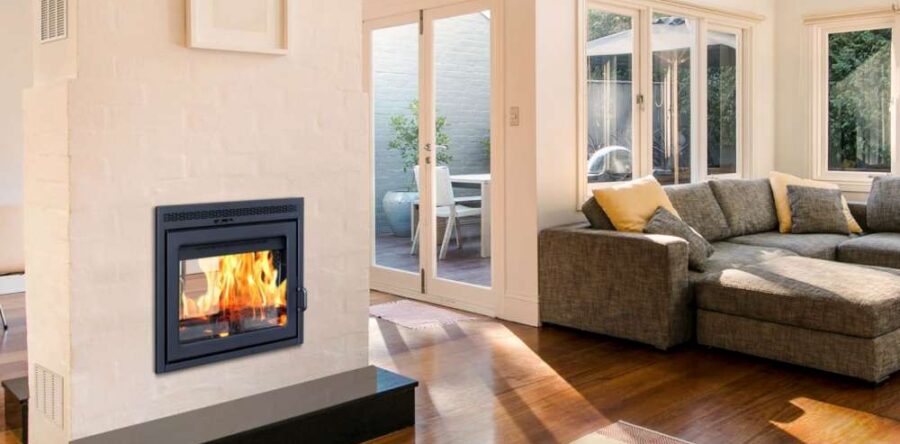
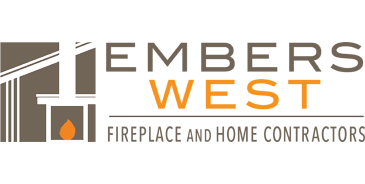
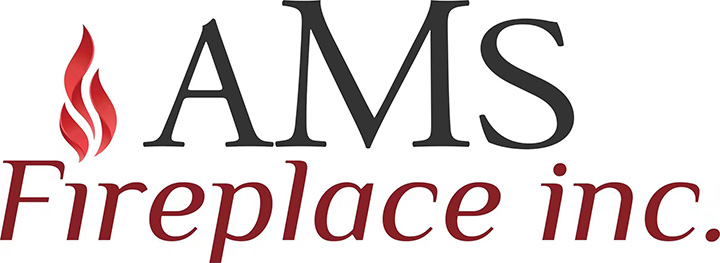
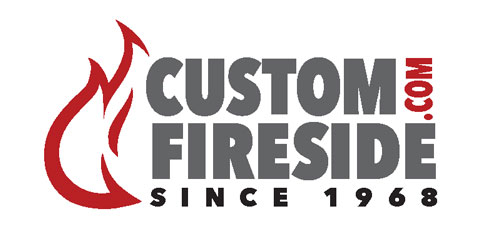
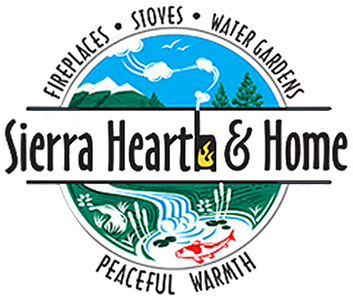

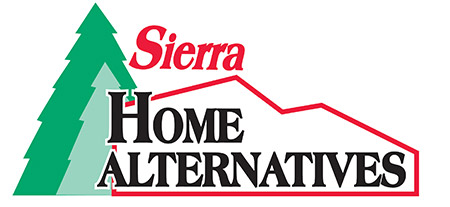
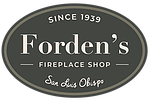




2 Responses